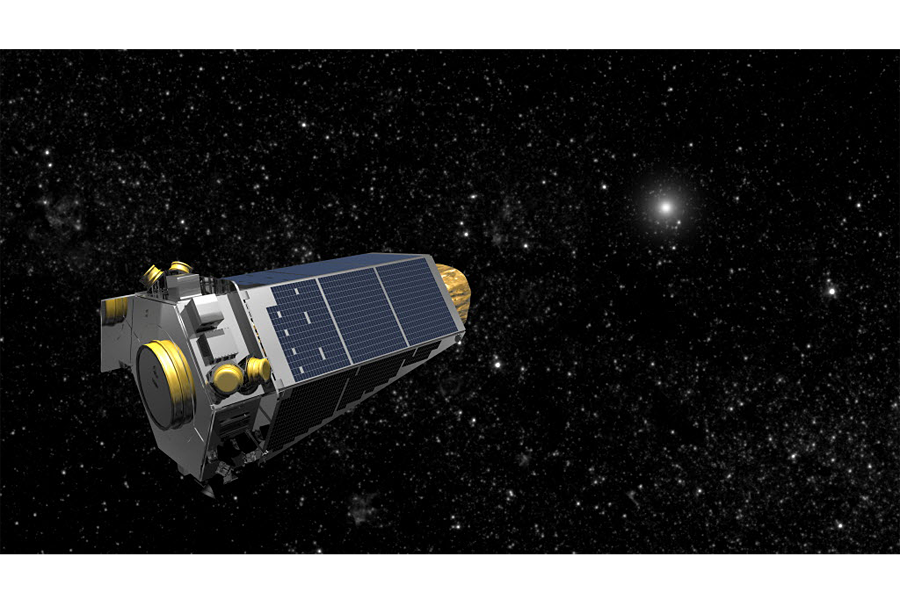Engineering feat from 75 million miles aways gets Kepler back in action
Loading...
NASA mission operations engineers have returned the Kepler spacecraft to normal after discovering it was in emergency mode during a planned contact on Thursday.
The scientists still don't know what sent the craft into emergency mode. The alert popped up about 14 hours before the spacecraft was going to be maneuvered to head toward the center of our galaxy, the Milky Way, but the team ruled out that complications in that maneuver triggered the alert.
Th engineers had to work quickly as the emergency mode drains fuel rapidly. If it had burned through its fuel, that might have been the end of the $600 million spacecraft.
"It was the quick response and determination of the engineers throughout the weekend that led to the recovery," Kepler and K2 mission manager Charlie Sobeck wrote in a NASA statement on Monday.
The spacecraft stabilized Sunday morning, with the communication antenna angled toward Earth. NASA scientists are downloading data from the craft, which they will use to assess Kepler's systems. Now the priority is to get the spacecraft back on track for its science operations.
Kepler has been through crises before. In July 2012, one of Kepler's reaction wheels broke, then another about a year later. Without these wheels it was difficult for scientists to balance and aim the planet-hunting spacecraft to gather data. The craft was later repurposed to use sunlight to balance the telescope.
Despite these setbacks, Kepler's mission has been wildly successful. The craft set out hunting for exoplanets, planets that orbit stars other than our sun. Since it launched in 2009, Kepler has identified more than 4,500 exoplanets, of which over 1,000 have been confirmed.
In 2014, Kepler's mission expanded to study young stars, supernovae and other astronomical objects it spots as well. This new mission was dubbed K2.
It was no easy feat fixing Kepler. The spacecraft is currently almost 75 million miles from Earth, so communication is slow: even signals sent at the speed of light would take 13 minutes from Kepler to scientists on Earth and back, according to Mr. Sobeck.
Kepler has been integral to the hunt for Earth-like exoplanets. The spacecraft has already spotted some planets that sit in the habitable zone, a region that is neither too hot nor too cold for life as we know it.
One exoplanet spotted by the craft, dubbed Kepler-452b, is a strong candidate. The star is larger than Earth, but orbits a star much like our own sun from that safe habitable distance.
Would a defunct Kepler have meant the end of planet-hunting?
Although the end of Kepler would have likely meant the end of this successful mission, NASA is working to construct the James Webb Space Telescope. The Webb telescope is set to launch in October 2018 as a complement to the work of the Hubble Space Telescope, looking at the formation of galaxies and planetary systems.






